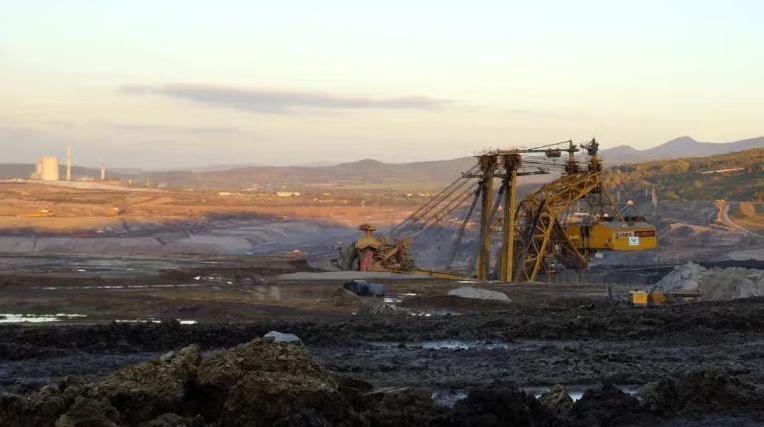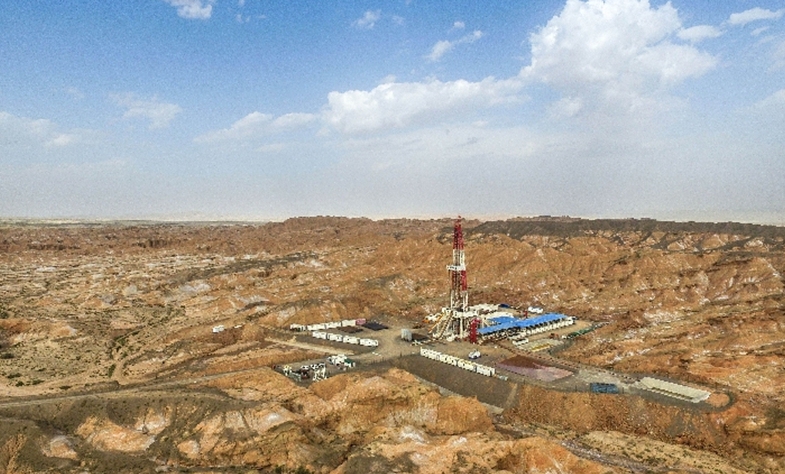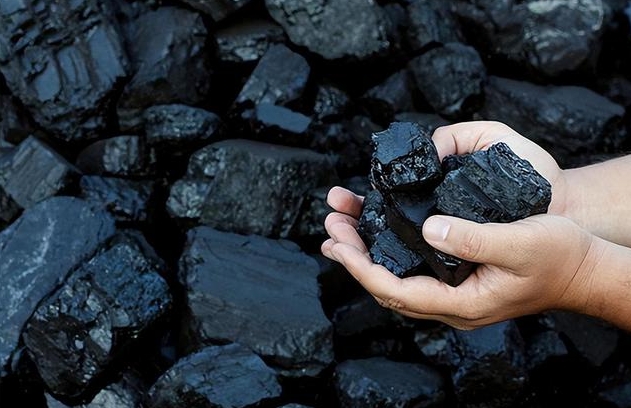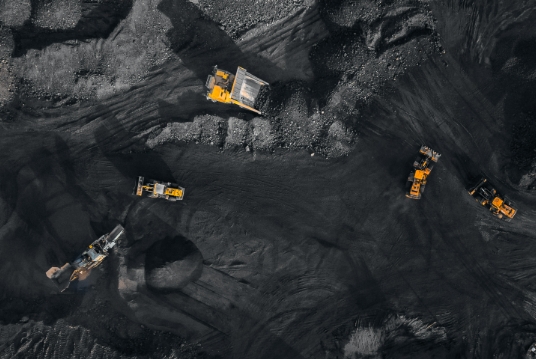Indonesia is planning to build a nuclear power plant after 2025, said Director-General of Electricity at Indonesia’s Ministry of Energy and Mineral Resource, Rida Mulyana in an online interview with CNBC Indonesia in April.
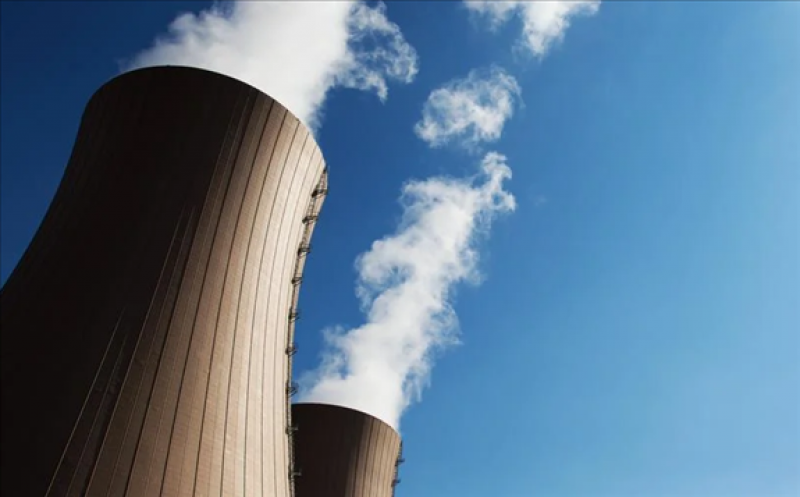 Cooling towers of nuclear power plant from Shutterstock.com
Cooling towers of nuclear power plant from Shutterstock.com
The construction of a nuclear power plant aims to fulfill the rising energy demand. Also, a nuclear power station is expected to lower greenhouse gas emissions.
Rida said that the proposal for the nuclear power plant is in line with Government Regulation No.79/2014 on National Energy Policy.
Indonesia has conducted several feasibility studies regarding nuclear power plants since the 1990s.
However, Indonesia has so far had two nuclear power plants–one in Bandung and the other one in Serpong–for research purposes, not for energy needs.
A simple definition of nuclear energy
Nuclear energy is the energy in the core of an atom. Such energy can produce electricity, but it must be released from the atom first.
While the construction of a nuclear power plant can be costly, nuclear energy may be more efficient and low-cost than coal—one of Indonesia’s key energy sources— as one ounce of uranium is equal to hundreds of tonnes of coal, said Komaidi Notonegoro, executive director at the Research Institute for Mining and Energy Economics.
“However, there are grave concerns that nuclear will be used for weapons. Also, negative perception about nuclear still exists due to some incidents like the Fukushima incident in 2011,” Komaidi told TOC on 3 May.
In August 2020, Indonesia’s former minister of research and technology Bambang Brojonegoro said in a virtual discussion that the country needed a nuclear power plant as a means to reach the use of renewable energy of 31 per cent in 2050.
He then elaborated that the use of a nuclear power plant could cut carbon dioxide emission up to 9 million tonnes per year, equivalent to emission reduction from 2 million cars.
According to Nuclear Connect, the electricity that can be generated from one kilogram of uranium is equivalent to that generated from one tonne of coal, 42 gallons of oil, or 17,000 cubics of natural gas.
Different opinions about nuclear energy
Experts differ on the use of nuclear energy. Some claim it is the safest energy to harness in the process of cutting carbon emissions. Others argue that nuclear energy is not very cost-effective or environmentally friendly.
“Without a doubt, one of the least commonly known and most counterintuitive facts about nuclear energy is that it’s one of the safest and cleanest sources of energy in the world,” Marc Lewis from Ecowatch told TOC in an email interview.
“Again, research by Our World in Data shows that it has even when considering disasters like Chernobyl and Fukushima, nuclear energy is responsible for the fewest number of deaths per TWh of energy produced,” he added.
The World Nuclear Industry Status Report (WNISR), released in 2019, claimed that nuclear energy is too expensive and not effective in lowering emissions.
“Stabilising the climate is urgent, but nuclear power is slow. It meets no technical or operational need that these low-carbon competitors cannot meet at a better, cheaper, and faster rate.”
“Even sustaining economically-distressed reactors saves less carbon per dollar and per year than reinvesting its avoidable operating cost (let alone its avoidable new subsidies) into cheaper efficiency and renewables,” Mycle Scheider, lead author of the report observed.
The report noted that ten countries —even some with widely-known nuclear ambitions like China—generate power from renewable energy more than nuclear.
Renewables—hydropower, solar, wind, biomass and waste, geothermal, wave, and tidal sources —contributed 95 per cent to the added electricity generating capacity in the European Union since September 2018.
In 2019, only four per cent of global main energy came from nuclear, Our World in Data revealed.
Nuclear energy is used in some European countries in their energy mix.
In France, nuclear energy accounted for 36.8 per cent of the country’s energy production, followed by Sweden (26.7 per cent), Ukraine (21.7 per cent), Slovakia (21 per cent), Bulgaria (19.8 per cent), according to Our World in Data.
As of May 2020, Indonesia’s Energy and Mineral Resources Ministry (ESDM) stated that fossil fuel accounted for 85 per cent of the country’s electricity, with coal-steamed power plant and gas power plant as top contributors.
The ministry also explained that Indonesia’s domestic coal consumption reached 109 million tonnes up to October 2020.
Do geological factors spark concerns on Indonesia’s nuclear plans?
Indonesia sits on the so-called Pacific Ring of Fire, one of the most disaster-prone areas in the world, where 75 per cent of active volcanoes are located.
Therefore, developing a nuclear power plant can be risky in Indonesia due to the geological factor.
“All I can say is that the risk of accidents is certainly significantly increased when a nuclear power plant is located in an area with frequent earthquakes and/or tsunamis. This might explain why so many European countries use nuclear energy, given the relative scarcity of natural disasters in the area,” Lewis explained.
Plans to include the use of nuclear as an energy source in the new and renewable energy law draft bill (RUU EBT) appear to be underway.
The Indonesia Renewable Energy Society (METI) suggested that Law No.10/1997 on nuclear power should be revised to include the use of nuclear as an energy source.
METI also claimed that people have mixed perceptions about the definition of new and renewable energy sources. The creation of the RUU EBT, said METI Chief Surya Darma, has triggered confusion among the public.
Renewable energy sources, unlike fossil fuels, can be restored. Such energy sources comprise solar, wind, water, bioenergy, geothermal, and sea energy, as cited in Katadata.
New energy, on the other hand, emerges from the use of technology and can be derived from fossil energy.

